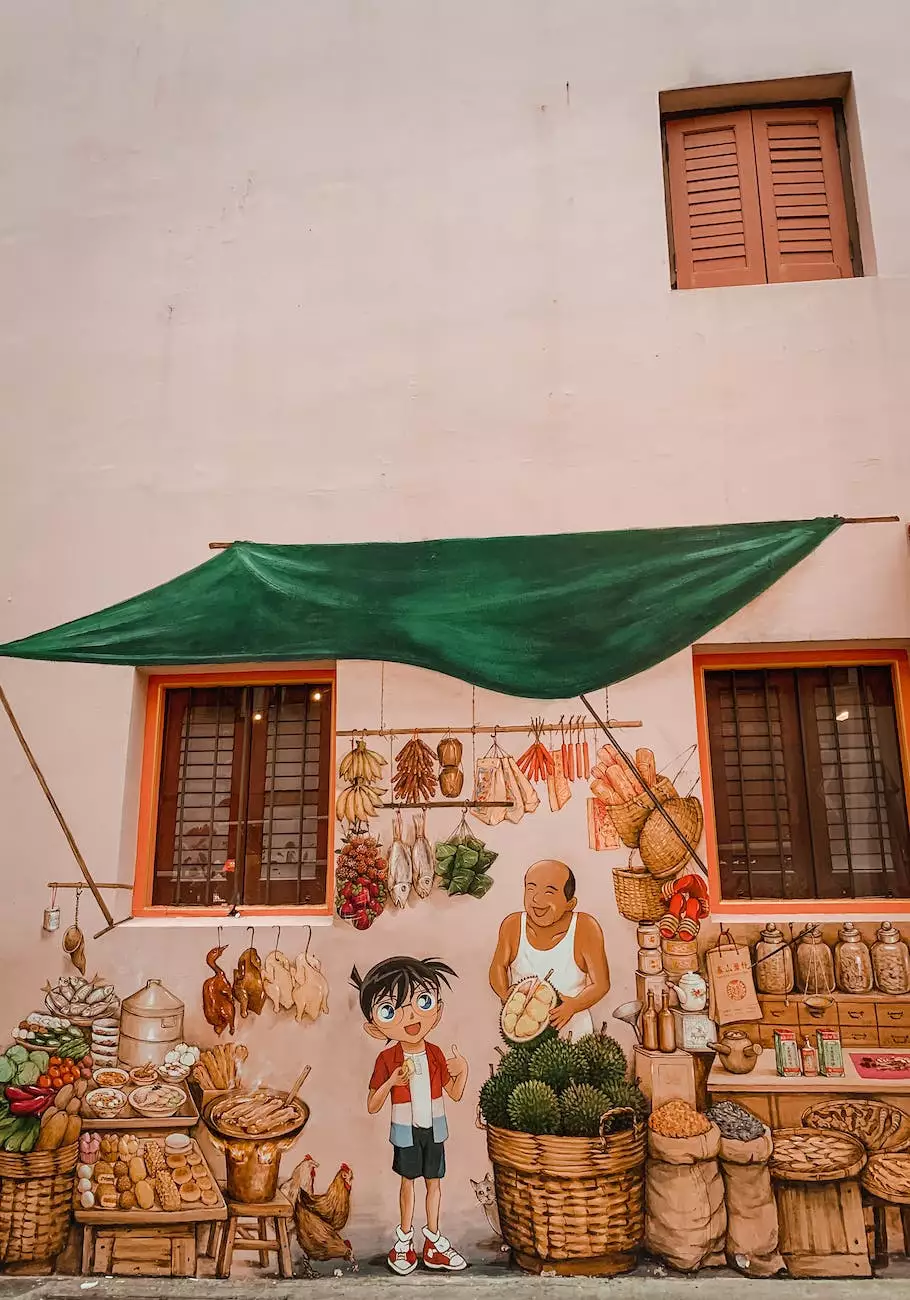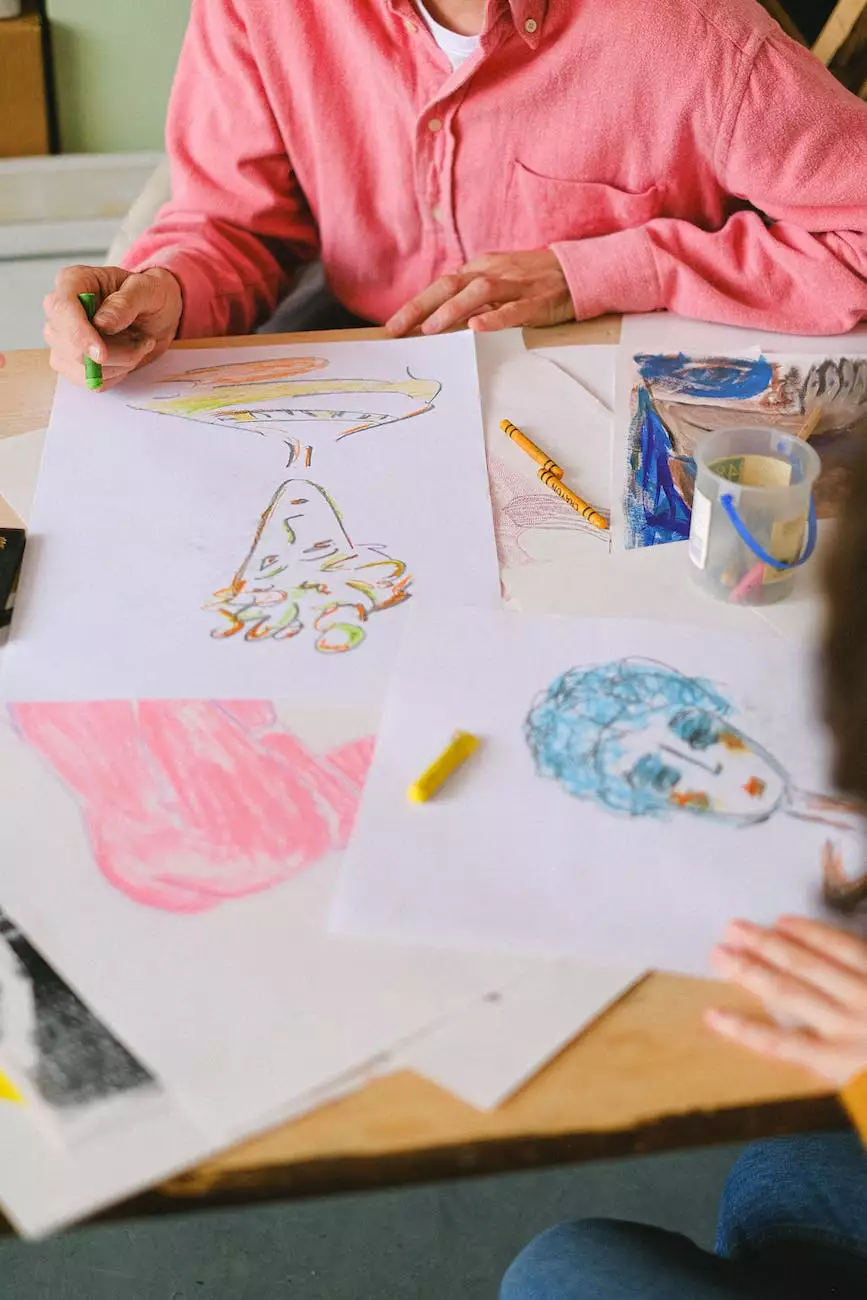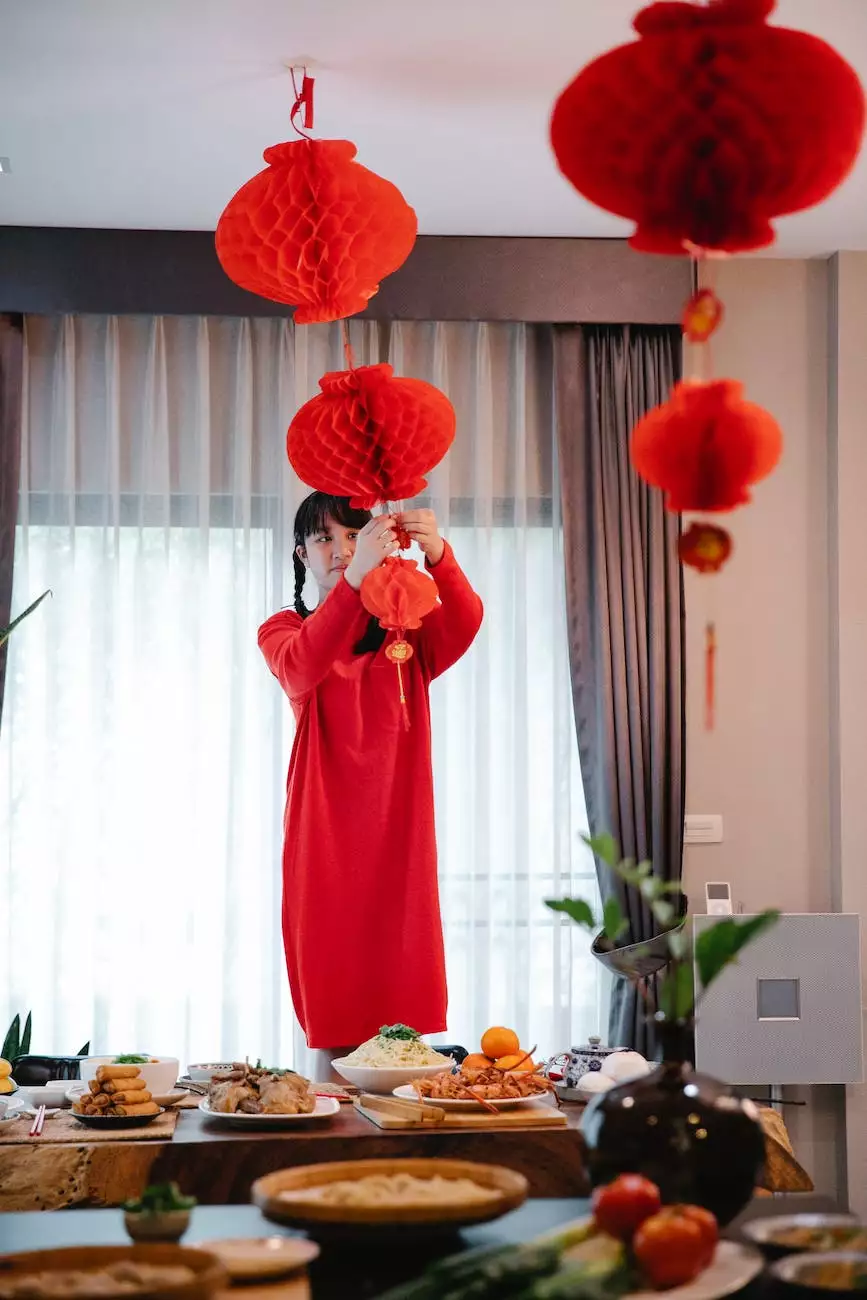Learning Center - History of Rugs
Rugs
The Origins of Rugs
Rugs have a rich and ancient history that dates back thousands of years. From the nomadic tribes of Central Asia to the luxurious courts of ancient Persia, rugs have played a significant role in various cultures. The art of rug weaving began as a practical necessity to provide warmth and insulation, but soon evolved into an exquisite form of expression.
The Evolution of Rug Weaving Techniques
Over time, rug weaving techniques have evolved and become more sophisticated. The early rugs were hand-woven using natural materials such as wool, silk, and cotton. These materials were sourced locally, resulting in distinct regional styles. Each region developed its own unique patterns, motifs, and color palettes, reflecting the cultural heritage and artistic traditions of the people.
As civilizations advanced, so did the techniques used in rug weaving. With the advent of looms and new tools, weavers were able to create intricate designs and achieve greater precision. The introduction of synthetic dyes expanded the possibilities for vibrant colors, further enhancing the visual appeal of rugs.
The Significance of Rugs
Rugs have always held a significant place in society. They not only serve as functional floor coverings but are also regarded as works of art. Rugs can transform a space, adding warmth, texture, and character. Throughout history, rugs have been used to symbolize wealth, status, and cultural identity. They are often passed down through generations, carrying with them stories and traditions.
Types of Rugs
There are numerous types of rugs, each with its own distinct features and origins. Here are a few popular types:
- Persian Rugs: Renowned for their exquisite craftsmanship, Persian rugs are woven in Iran using traditional techniques. They are known for their intricate designs and luxurious materials.
- Oriental Rugs: Originating from various regions in Asia, Oriental rugs feature intricate patterns and vibrant colors. They are highly sought after for their timeless beauty and intricate knotting techniques.
- Kilim Rugs: Kilim rugs are flat-woven textiles with no pile. They are known for their geometric patterns and are often woven by nomadic tribes.
- Antique Rugs: Antique rugs are highly valued for their historical significance and rarity. They offer a glimpse into the past and are sought after by collectors and enthusiasts.
Exploring Rug Designs
Rugs come in a wide variety of designs, each with its own unique symbolism and aesthetic appeal. Here are some popular rug designs:
- Floral Designs: Floral motifs are commonly found in traditional rug designs, symbolizing beauty, growth, and nature.
- Geometric Patterns: Geometric patterns are often seen in tribal rugs, representing balance, harmony, and cultural identity.
- Medallion Designs: Medallion designs are characterized by a central focal point, symbolizing unity and balance.
- Pictorial Rugs: Pictorial rugs depict scenes from daily life or mythology, telling stories through their intricate imagery.
Preserving and Caring for Rugs
Proper care and maintenance are essential to ensure the longevity of rugs. Here are some tips to preserve your rugs:
- Regular Vacuuming: Vacuum your rugs regularly to remove dust and debris. Use a gentle brush attachment to avoid damaging the fibers.
- Avoid Direct Sunlight: Prolonged exposure to direct sunlight can cause colors to fade. Place your rugs away from windows or use curtains to protect them.
- Rotate Your Rugs: Rotate your rugs periodically to distribute the wear evenly and prevent uneven fading.
- Professional Cleaning: For deep cleaning, consider professional rug cleaning services. They have the expertise to handle delicate materials and restore the rug's beauty.
Conclusion
Explore the rich history of rugs and discover the enchanting world of rug weaving at Sugarfoot Chic's Learning Center. Immerse yourself in the origins, types, and significance of rugs throughout the ages. From the intricate beauty of Persian rugs to the timeless appeal of Oriental rugs, there is so much to learn and appreciate. Take a step into the world of rugs and witness the artistry and craftsmanship that has captivated generations.










